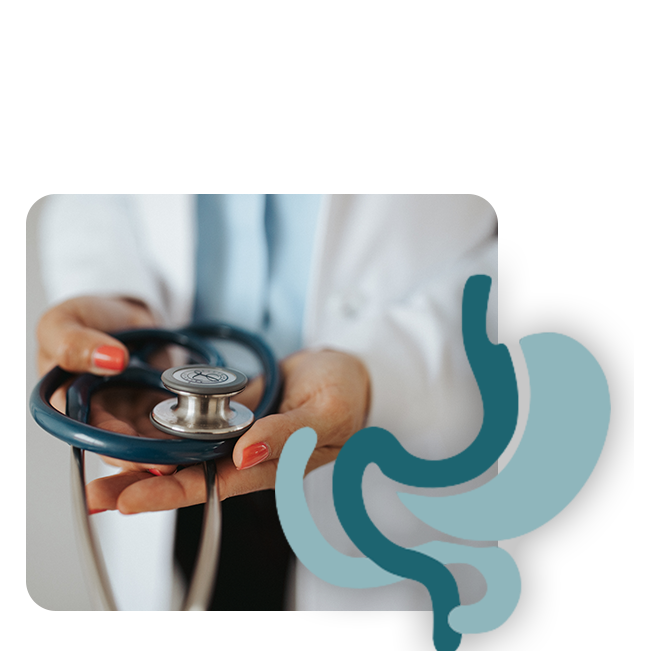The duodenal switch, also known as the biliopancreatic diversion with duodenal switch or DS for short, is a complicated and less commonly performed procedure. At our practice, we typically recommend the duodenal switch procedure for our heavier patients. The duodenal switch weight loss surgery is a combination of the gastric sleeve and gastric bypass. Therefore, this procedure is non-reversible.
Duodenal Switch
Biliopancreatic Diversion with Duodenal Switch



In performing the duodenal switch, the surgeon creates a sleeve gastrectomy by removing a significant portion of the stomach. Then, the surgeon will divide the small intestine just beyond the stomach as well as about 75% downstream. The lower portion of the intestine is connected to the stomach while the upper portion is reconnected further downstream.
As a result, food will travel down one path, and the digestive juices will travel down another. The food and digestive juices will meet up again approximately 75% further downstream. This results in significant malabsorption.
This operation is not only shrinking the stomach size but is also shortening the small intestine by about 75%. Thus, resulting in smaller portions of food consumed and the faster movement of food through your digestive system.
The duodenal switch weight loss surgery takes about 3 hours to perform, and patients can expect to stay at the hospital for up to 2 days after surgery. Depending on the type of work performed, patients will be able to return to work within 2 to 4 weeks from surgery.

Before considering the duodenal switch, it is important to be familiar with the potential risks of bariatric procedures. Risks vary based on the health of the patient.
- Minor Complications
- Major Complications
- Minor wound or skin infection
- Excess / loose skin
- Vomiting or nausea
- Acid reflux (heartburn)
- Changes in bowel habits like constipation, diarrhea, bloating, cramping, or gas
- Development of gallstones or gallbladder disease
- Nutritional deficiencies as a result of food bypassing the stomach

- Internal bleeding
- Intestinal obstruction
- Blood clots in the legs or lungs
- Internal hernia
- Perforation of stomach/intestine or leakage









